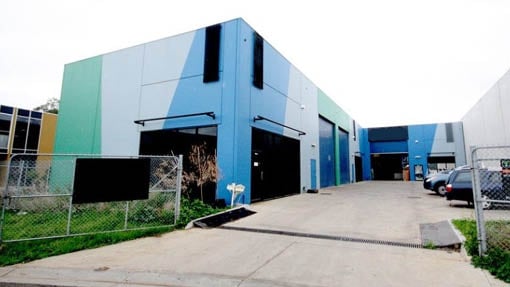Doctors as highly paid professionals have unique financial opportunities and challenges to grow their wealth.
Due to long hours dedicated to work and training one of the biggest challenges can just be finding the time to explore and determine your best investment options. However, with your higher income and work stability one of the most powerful ways to grow wealth outside of medicine is through real estate investment.
In this blog, we explore how to leverage the current lending environment, tap into your increased borrowing capacity, and maximise your returns through negative gearing and compounding growth.
We also take a high-level look at the property types that will help you build long-term wealth.
Increased Borrowing Capacity for Doctors
One of the major advantages doctors have in real estate investing is their ability to borrow more money compared to other professionals.
Lenders often view medical professionals as low-risk borrowers because of their stable and high-income potential.
Doctors with an established career can typically borrow higher amounts than other investors with comparable salaries in different fields.
For example, a physician with a stable income and a solid credit history may qualify for a medico package that allows borrowing of up to 95% of the property’s value with no LMI. This means Doctor’s need less cash up front to secure a property.
This increased borrowing capacity allows doctors to invest in larger properties, higher-yielding markets, or more diversified portfolios. This is a significant advantage when trying to build a real estate portfolio, especially in markets where property prices are climbing.
Negative Gearing: A Key Strategy for High-Income Earners
Negative gearing is a popular strategy among high-income earners, and doctors are well-positioned to take advantage of this tax benefit.
For doctors, whose income typically places them in a higher tax bracket, negative gearing can provide significant tax relief. By offsetting losses from property investments against their salary, doctors can reduce the amount of income tax they pay. For example, if a doctor earns $300,000 a year and their investment property generates a net loss of $15,000, that $15,000 can be deducted from their taxable income, lowering their overall tax liability.
The savings on taxes can be reinvested into the property market or to free up cash flow. Over time, as the property appreciates in value and rent increases, doctors will benefit from both capital gains and rental income, turning an initial “loss” into long-term profitability.
You can look at alternative strategies such as positive gearing, but this can come at the expense of capital growth, or you may need to pay a larger deposit.
Portfolio Creation & Diversification
Real estate investing offers doctors an excellent way to diversify their wealth. And time poor Doctors will find that real estate is an asset class that can be relatively passive once an investment is made.
There are property types and locations that suit different budgets, appetite for risk and the level of involvement needed in property management or development:
Residential properties— we recommend properties in high-growth areas that will appreciate steadily over time, providing consistent capital gains. Properties in suburbs with good schools, public amenities, and proximity to transportation hubs, tend to attract reliable tenants. Or alternatively look out for gentrifying suburbs that are moving into their growth cycle.
Modern or neat and tidy properties tend to need less involvement in property management and can be great for the time poor Doctor looking for a “Set & Forget” property.
Alternatively, if you do wish to invest a little extra time you could buy a larger block with the potential for subdivision and redevelopment.

Case Study
Read our case study on achieiving our clients 73% Growth on their investment in 10 years.
Commercial Properties also offer some excellent benefits, including lower outgoings, higher depreciation, higher rental yields and longer lease terms. We target commercial properties that have long-term tenants in place with built-in lease options and rental increases.

Case Study
Read our case study on our client doubling their investment value in 7 years with a long term tenant in place.
Sitting down and discussing your goals with a Buyer Agent can really narrow down the field on the type of properties and locations you should be looking in.
The Power of Compounding Capital Gains
One key advantage of holding property over a longer period is compounding growth and capital appreciation.
As property values increase over time, so too does the value of your investment and that growth gains momentum. And that momentum is where the true value of real estate investment lies.
You then have several options available to you, including accessing the equity in your investment, which you can read more about in our popular blog: “How to use Equity to Build your Property Portfolio”.
Conclusion
Real estate offers doctors an excellent opportunity to diversify and grow their wealth.
By leveraging favorable lending conditions, increased borrowing capacity, and strategies like negative gearing, physicians can build a strong property portfolio that provides long-term financial security.
Whether you are looking to reduce your taxable income, expand your investment portfolio, or take advantage of rising property values, real estate investing presents an excellent way for doctors to maximize their returns and create lasting wealth.


